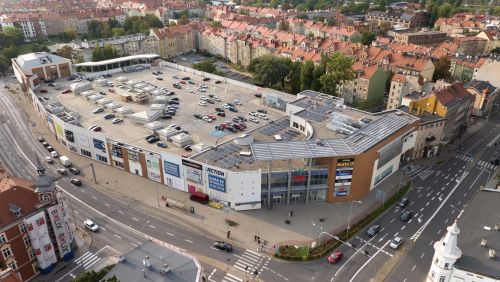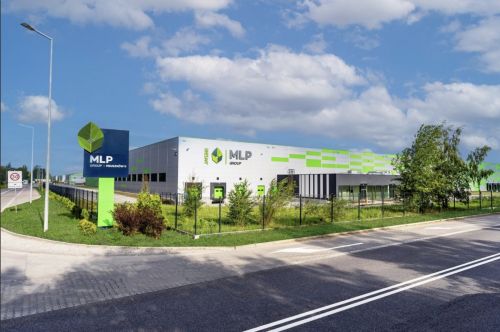The announcement last month that farmers' co-operatives in Poland, under the auspices of an organization identifiable as KZRKiOR, were about to form the second largest fuel chain in the country, with 400-500 new stations, thus superceding giants such as Shell, BP, Statoil and Grupa Lotos, (but not PKN Orlen, by far the biggest chain) was designed to cause something of a stir in the market. The farmers were reportedly to sign agreements with financial institutions and investors some time this month, but not all of its potential competitors were that impressed. Whilst Shell acknowledged to Eurobuild that they would be "observing with great interest, the plans of the farmers' co-operatives to create a chain of fuel stations", they also insisted that the new player would not represent "direct competition to Shell's fuel stations in Poland". Torben Tratwal, Manager of the Retail Development & Investment Department at Statoil in Poland, was unperturbed at the move: "It's not a threat,"






























































